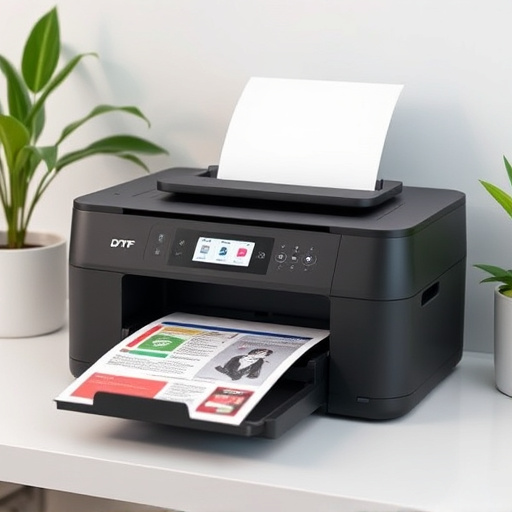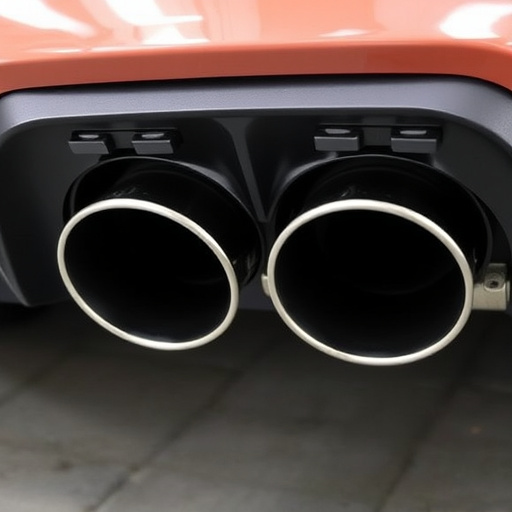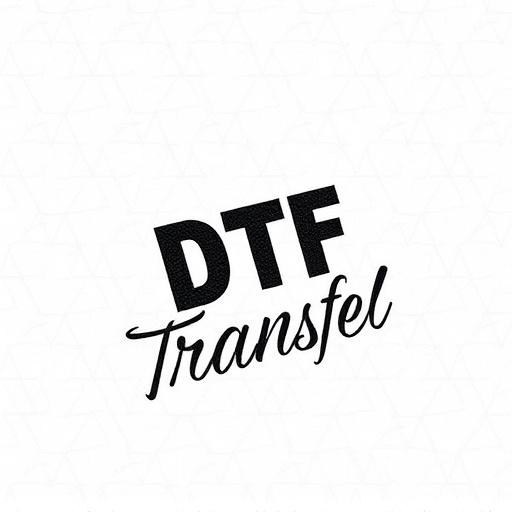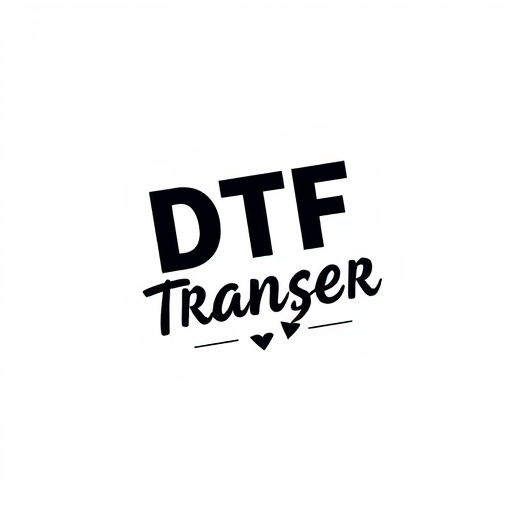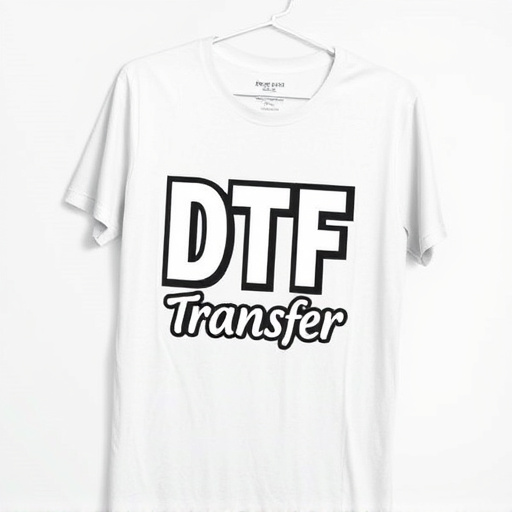Direct-To-Film (DTF) transfers are transforming custom design printing by directly applying prints to film or materials, offering unmatched precision and vibrant colors. Ideal for complex designs in apparel, signage, and decorative arts, DTF supports wide material compatibility without sacrificing quality or durability. Compared to Heat Transfer Vinyl (HTV), DTF excels in detailed reproduction of intricate art but may not be suitable for bulk production; HTV is versatile for various materials and intricate patterns. Choosing between them depends on project complexity and scale: DTF for simple designs and fast turnaround, HTV for high-volume production or personalized details.
In the realm of custom design, Direct-To-Film (DTF) transfers and heat transfer vinyl offer distinct approaches. This article delves into the world of DTF printing, exploring its comprehensive process and potential for detailed prints. We contrast this with heat transfer vinyl as an alternative method. By examining quality, detail, applications, and considerations, readers will gain insights to choose between these technologies for optimal results. Discover the advantages and unique traits of DTF transfers and heat transfer vinyl in creating custom designs.
- Understanding Direct-To-Film (DTF) Transfers: A Comprehensive Overview
- The Process of DTF Printing: Unlocking Its Potential
- Heat Transfer Vinyl: An Alternative Method for Custom Designs
- Comparing Quality and Detail: DTF vs Heat Transfer
- Applications and Use Cases for Each Technology
- Choosing the Right Option: Considerations for Best Results
Understanding Direct-To-Film (DTF) Transfers: A Comprehensive Overview

Direct-To-Film (DTF) transfers are a cutting-edge printing method revolutionizing the way we produce custom designs on various surfaces. This technology eliminates the need for traditional intermediate steps, enabling direct application of prints onto film or other materials. DTF involves precise printing of images using specialized equipment, followed by a transfer process that securely bonds the design to the desired substrate, be it clothing, textiles, or even wood and metal.
DTF Printing offers unparalleled precision and detail, ensuring crisp, vibrant prints with rich colors and fine lines. This method is particularly advantageous for creating complex designs with intricate details, making it a favorite among professionals in the apparel, signage, and decorative arts industries. DTF Transfers also allow for a wide range of material compatibility, enabling users to achieve exceptional results on diverse surfaces without compromising quality or durability.
The Process of DTF Printing: Unlocking Its Potential
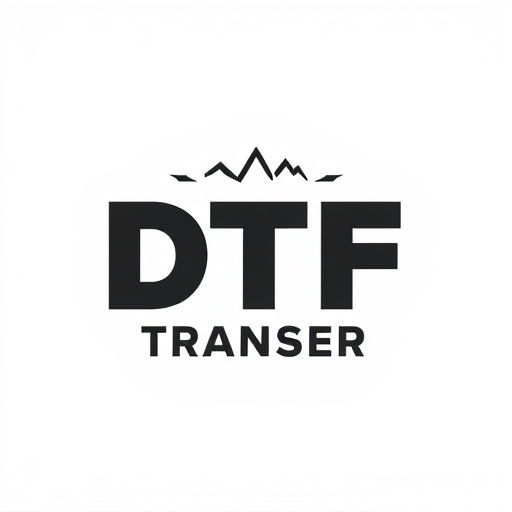
Direct-to-film (DTF) printing is a cutting-edge technique that has transformed the way we approach custom apparel and merchandise. This innovative process involves applying designs directly onto various materials, including fabrics, using advanced print technology. DTF transfer offers an efficient solution for creating high-quality prints on textiles, ensuring vibrant colors and intricate details.
The DTF Printing process begins with preparing the design digitally, allowing for precise control over colors and imagery. The design is then transferred onto a film, which acts as a carrier. This film is precisely aligned and pressed against the target material, enabling ink to pass through and create a permanent print. This method is particularly appealing due to its speed, versatility, and ability to produce detailed, full-color prints on demand. DTF transfers are widely used in various industries, from fashion and accessories to promotional products, offering businesses and designers an efficient way to bring their creative visions to life.
Heat Transfer Vinyl: An Alternative Method for Custom Designs
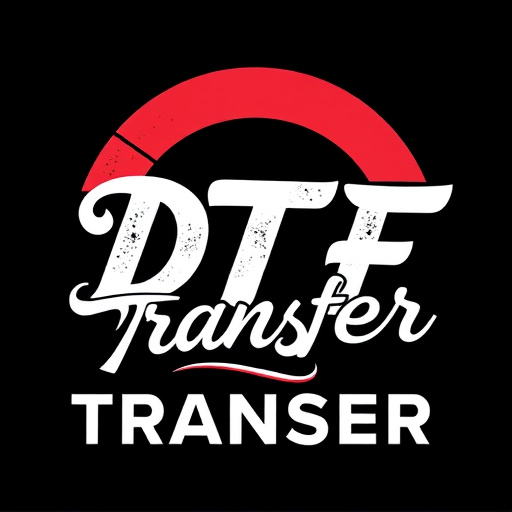
Heat Transfer Vinyl (HTV) offers a unique and versatile method for creating custom designs on various surfaces. Unlike direct-to-film (DTF) transfers, which apply the design directly onto the item, HTV involves a process where a vinyl film with the desired artwork is heated and pressed onto the target material. This alternative approach has gained popularity due to its adaptability; it can be used on a wide range of fabrics, from t-shirts and hats to mugs and phone cases.
The appeal of HTV lies in its ability to produce high-quality prints with vibrant colors and intricate details. It allows for a seamless integration of design elements, making it an excellent choice for creating personalized gifts, promotional items, or even fashion garments. Additionally, the heat transfer method ensures that the design becomes a permanent part of the base material, providing durability and a professional finish.
Comparing Quality and Detail: DTF vs Heat Transfer

When comparing direct-to-film (DTF) transfers with heat transfer vinyl options, one of the primary factors to consider is quality and detail. DTF printing offers a unique advantage in this regard, as it directly applies ink to the substrate, resulting in vibrant, high-resolution prints that closely mimic the original art. This method captures intricate details and fine lines, making it ideal for complex designs and photographs.
In contrast, heat transfer vinyl often falls short in terms of detail retention. The process involves applying a thin film of ink to a carrier sheet, which is then transferred onto the final substrate through heat and pressure. While this method is still highly effective for many applications, it may not reproduce fine details as accurately as DTF transfers, leading to slightly lower print quality in certain cases. However, heat transfer vinyl offers versatility in terms of material types and application methods, making it a preferred choice for bulk production and a wide range of products.
Applications and Use Cases for Each Technology

Direct-to-film (DTF) transfers and heat transfer vinyl (HTV) options each have distinct applications and use cases in the world of printing and customization. DTF transfers are ideal for creating high-quality, long-lasting prints directly on various surfaces like fabrics, plastics, and metals. This technology is widely used in garment printing, allowing businesses to produce custom t-shirts, hoodies, and other apparel with vibrant, durable designs. DTF also finds applications in signage and advertising, enabling the creation of eye-catching, direct-to-surface prints for billboards, banners, and point-of-sale materials.
On the other hand, heat transfer vinyl is a versatile material used for transferring designs onto a wide range of materials through heat application. HTV is popular among crafters, hobbyists, and small businesses due to its ease of use and ability to produce detailed, full-color prints on various fabrics and materials. It’s commonly employed for creating custom stickers, patches, mugs, and other personalized items. Moreover, HTV allows for a more hands-on approach, enabling users to precisely position and apply designs, making it a preferred choice for intricate and precise artwork.
Choosing the Right Option: Considerations for Best Results
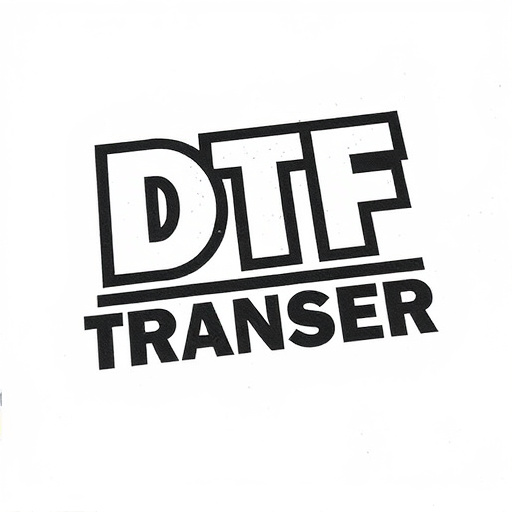
When deciding between direct-to-film (DTF) transfers and heat transfer vinyl, understanding your project’s unique needs is key to achieving superior results. DTF transfers offer a straightforward, all-in-one printing process, ideal for simple designs applied to various surfaces like fabric, paper, or plastic. This method guarantees fast turnaround times and excellent image quality, making it perfect for small batches or one-off projects.
For more complex designs or larger orders, heat transfer vinyl (HTV) is a versatile alternative. It allows for the creation of detailed, intricate patterns and offers greater flexibility in terms of material choices. HTV is suitable for both high-volume production runs and custom, personalized items. The key consideration is the intended use: DTF is best for simple, direct applications, while HTV shines in scenarios demanding intricate details and diverse materials.


